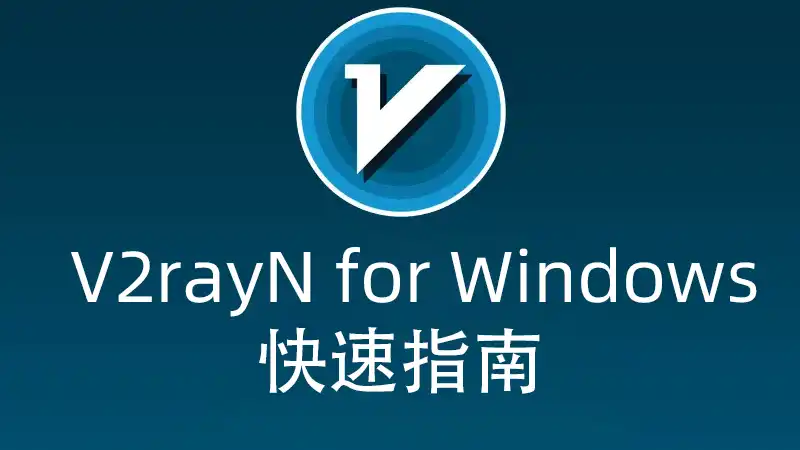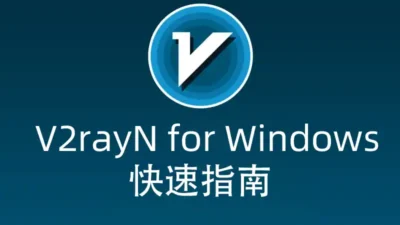This post is also available in: English (英语)
-
Table of Contents Outline
What are the obfuscation parameters supported by v2rayn?
Obfuscation parameters are a very important part of using v2rayn to help us better protect data privacy and bypass network censorship. v2rayn supports a variety of obfuscation parameters, each with its own unique role and advantages.
1. HTTP header masquerading
HTTP header masquerading is a common obfuscation parameter that can be used to improve the stealth of data transmission by simulating normal HTTP request header information to make the data look more like a normal web page visit. For example, data can be packaged to resemble a browser request, making it difficult for reviewers to recognize.
2. TLS confusion
TLS obfuscation is used to confuse censors by simulating the TLS handshake process so that data transmissions appear to be encrypted HTTPS traffic. This type of obfuscation can effectively bypass some network censorship techniques and improve the security of data transmission.
3. WebSocket obfuscation
WebSocket obfuscation is the use of the WebSocket protocol for data transmission. By obfuscating the format and content of the packet, the real use of the data can be effectively hidden, making it more difficult for the censors to recognize it. This type of obfuscation performs better in some network environments.
In summary, the obfuscation parameters supported by v2rayn include HTTP header masquerading, TLS obfuscation and WebSocket obfuscation, etc., each of which has its unique advantages and applicable scenarios. When choosing obfuscation parameters, you need to make reasonable configurations according to specific network environments and needs in order to achieve the best data transmission effect and privacy protection.

